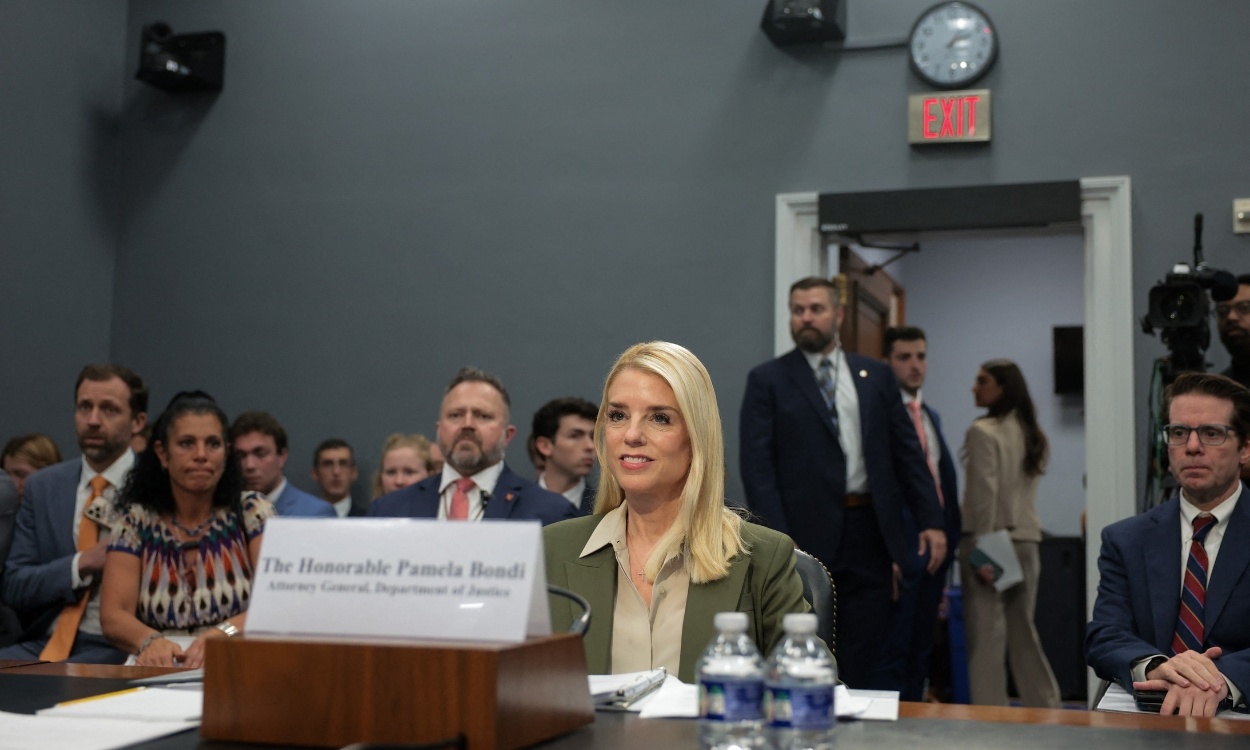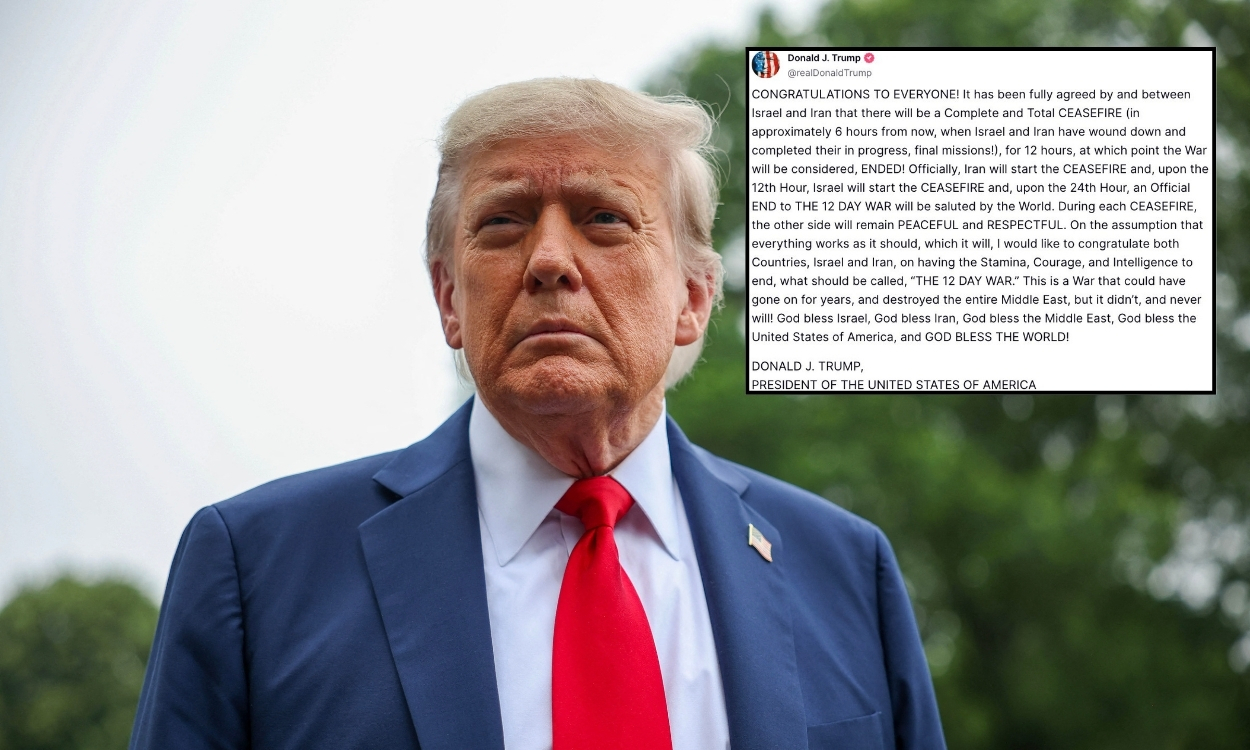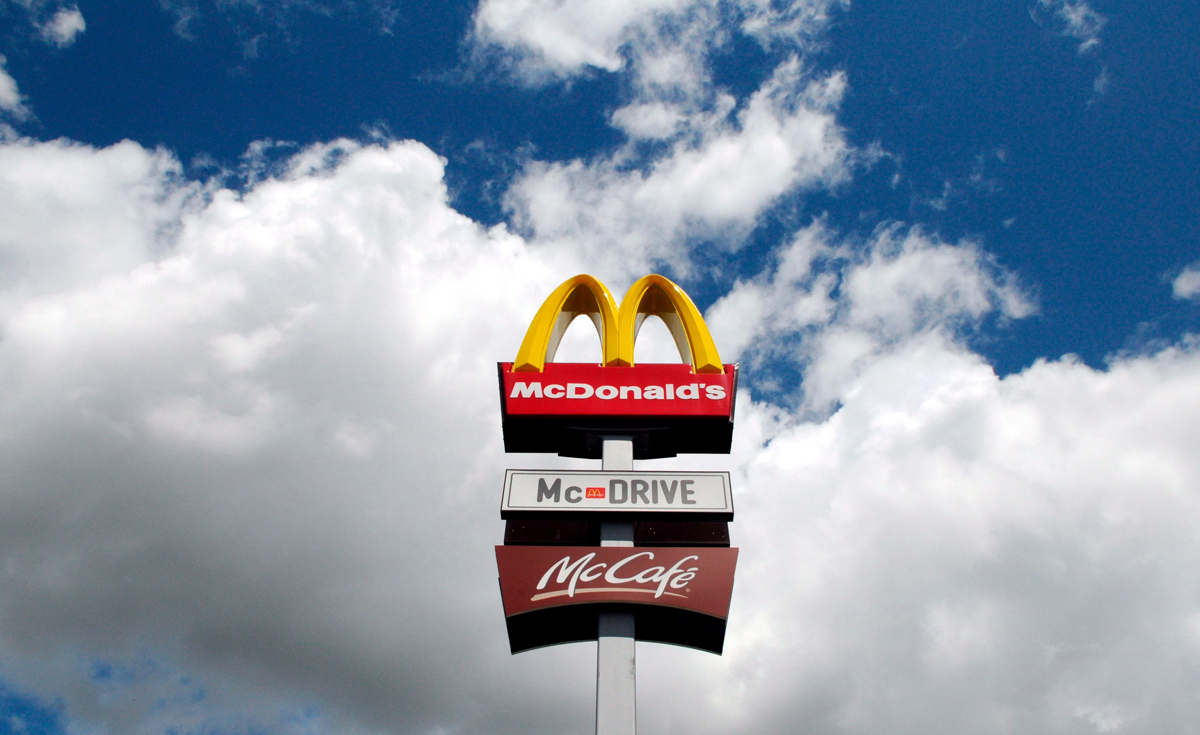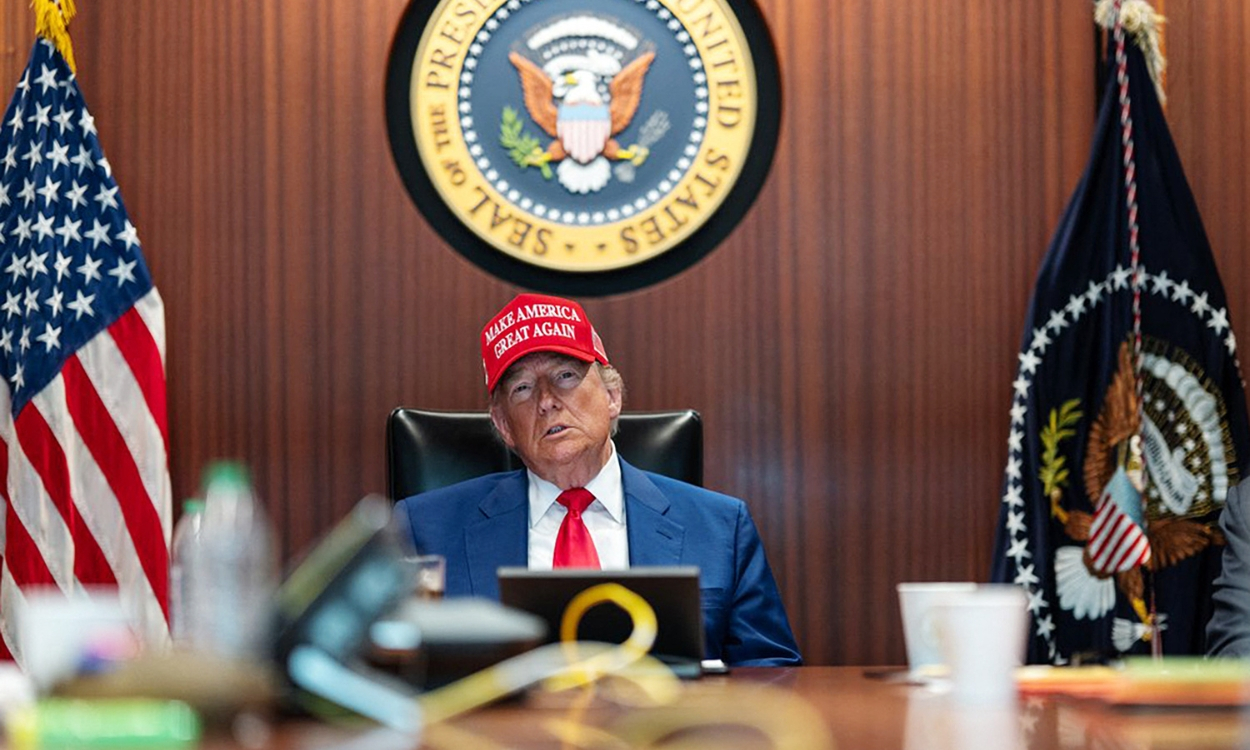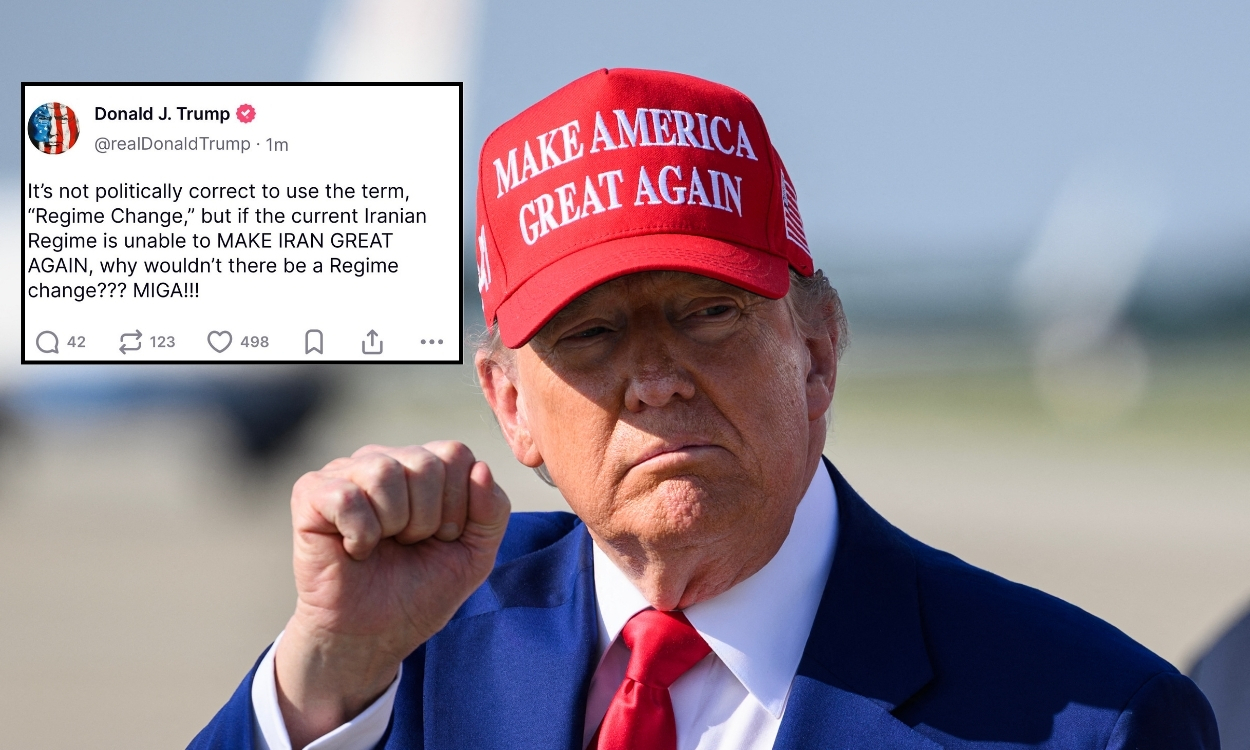Why some U.S. states are pushing to ban soda and candy from food stamp purchases. Find out why.
Several states are looking to limit food stamp (SNAP) recipients from purchasing soda and candy, as part of efforts to address rising health concerns.

Several states are now considering measures to restrict food stamp (SNAP) recipients from using their benefits to purchase soda and candy. With rising concerns about public health, particularly in low-income communities, some lawmakers argue that banning such purchases could reduce the consumption of sugary foods and beverages and improve the overall well-being of recipients.
In states like Arkansas, Idaho, and Indiana, lawmakers are pushing forward with legislation that would prevent the use of SNAP benefits for these items. Other states, including Arizona, Kansas, and Tennessee, are also considering similar moves.
Why some American states wants to eliminate soda and candy?
The driving force behind these laws is the belief that restricting access to soda and candy will help improve public health for low-income Americans. However, anti-hunger advocates argue that such measures could worsen the stigma surrounding food assistance programs and would likely not improve recipients' eating habits.
“It’s stigmatizing to suggest that low-income individuals are incapable of making responsible decisions,” said Gina Plata-Nino, the SNAP deputy director at the Food Research & Action Center.
Instead of restricting food options, she believes addressing the high cost of healthy foods, such as fresh fruits and vegetables, would be a more effective solution.
SNAP currently provides an average benefit of $187 per person per month, or just over $6 per day, which often leads recipients to choose cheaper, calorie-dense options.
Grocery prices have increased significantly since the pandemic, with a 24% surge from 2020 to 2024, far outpacing general inflation.
Food prices are not expected to decrease anytime soon, and the USDA predicts an additional 2.7% increase in 2025, which will make it even more difficult for SNAP recipients to afford healthy food.
Does America want to be healthy again?
Idaho Governor Brad Little recently announced the state's plan to block food stamp purchases of soda and candy, and he expressed support for the “Make America Healthy Again” movement launched by Robert F. Kennedy Jr., the U.S. Department of Health and Human Services Secretary.
Arkansas Governor Sarah Huckabee Sanders praised the Trump administration for focusing on solving America’s chronic disease epidemic and said that prohibiting soda and candy purchases on food stamps was a good starting point.
On average, about 80 cents of every dollar in SNAP benefits goes to basic food staples like meat, bread, milk, and rice, with the remaining portion spent on snacks, candy, and sugary drinks. Families who receive food stamps tend to have similar spending habits as non-SNAP households, according to the Brookings Institution.
The Arkansas proposal, which is set to take effect in 2026, would restrict the purchase of soda, including low- and no-calorie varieties, fruit drinks with less than 50% natural juice, and unhealthy snacks, including certain types of candy and sugary beverages. It would also allow food stamp beneficiaries to purchase hot rotisserie chicken, which is typically excluded under current SNAP rules.
In addition, the plan would prevent SNAP recipients from using benefits to buy non-food items like soap, toothpaste, alcohol, or tobacco.
Taxpayers impact in the U.S.
Proposals to limit SNAP spending on items like soda or candy have been debated for years, with lawmakers from both parties calling for such restrictions. However, the USDA has not yet granted states permission to impose such bans.
The Trump administration, however, seems prepared to approve these requests, with USDA Secretary Brooke Rollins signaling that Arkansas' proposal will be expedited.
“I’ve been clear that the USDA has a role in improving nutrition programs while recognizing the generosity of American taxpayers,” Rollins said in a statement. “Our goal should be to lift people out of dependence and create hope for the future.”
While SNAP benefits generally cover two-thirds of a household's grocery costs, recipients can still use their own funds to purchase restricted items, such as soda and candy. However, proponents of the ban argue that taxpayers should not fund unhealthy eating habits through food stamps.
"Taxpayers are subsidizing poor health," said Sanders. "We’re paying for it upfront and on the back end."

